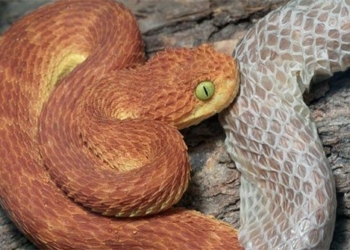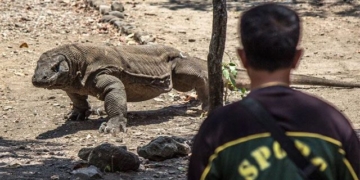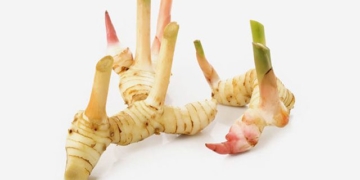Thanks to their unique body structure and diverse diet, cockroaches have survived numerous disasters and harsh conditions that led to the extinction of other species.
66 million years ago, when the Chicxulub meteorite crashed into Earth, cockroaches were already present on our blue planet. The impact caused a massive earthquake, and scientists believe it also triggered volcanic eruptions thousands of kilometers away from the impact site. Approximately 75% of the world’s flora and fauna were wiped out, including the dinosaurs, except for a few species that are the ancestors of today’s birds.
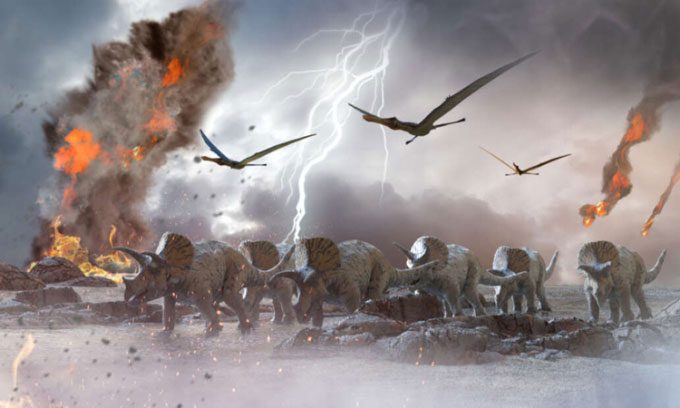
Simulation of the disaster when the Chicxulub meteorite struck Earth 66 million years ago. (Image: Art Disain).
How could these cockroaches, measuring just a few centimeters, survive when so many powerful creatures went extinct? The reason is that they are exceptionally well-equipped to withstand a meteorite disaster, according to Brian Lovett, a postdoctoral researcher at West Virginia University.
The bodies of cockroaches are very flat, and this is not by chance. Flat-bodied insects can squeeze into tighter spaces, allowing them to hide almost anywhere. This ability may have helped them survive the impact of the Chicxulub meteorite. When the meteorite struck, temperatures on the Earth’s surface skyrocketed. Many species had nowhere to escape, but cockroaches could shelter in small crevices, avoiding the intense heat.
The meteorite impact also caused a series of consequences. A massive amount of dust was thrown into the atmosphere, darkening the sky. As the Sun was obscured, temperatures dropped, and the world became frigid. With less sunlight, the surviving plant species struggled to grow, and many other organisms that depended on them faced starvation.
Unlike many insect species that prefer specific plants, cockroaches are omnivorous. They consume almost all types of food derived from both plants and animals, including waste. This diverse diet helped cockroaches survive the difficult times following the Chicxulub extinction event and other natural disasters.
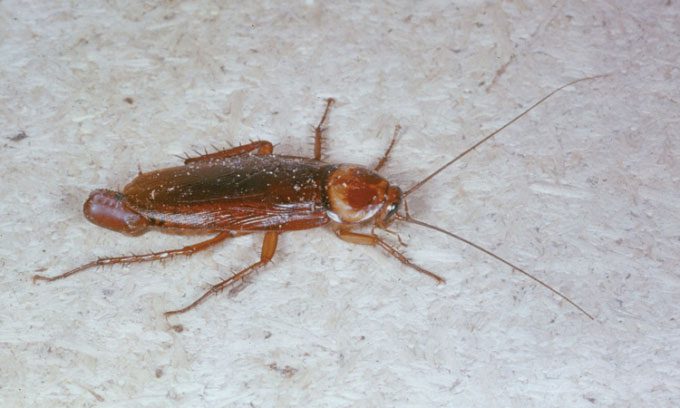
A female cockroach from the genus American Cockroach (Periplaneta). Photo: Colin Butler
Another useful trait is that cockroaches lay eggs in small “protective boxes.” These egg cases resemble dry beans and are called oothecae. Oothecae are sturdy, protecting the eggs inside from physical impacts and other threats, such as floods or droughts.
Modern cockroaches are small creatures that can live in almost any terrestrial environment, from hot tropical regions to some of the coldest places on Earth. Scientists estimate that there are over 4,000 species of cockroaches.
Some of these species prefer to live alongside humans and are considered pests. Once cockroaches appear in a building, it is very difficult to completely eliminate them and their egg cases. When large numbers of cockroaches inhabit unsanitary places, they can spread diseases. Their greatest threat to human health comes from the allergens they release. These can trigger asthma attacks and allergic reactions in some individuals.
Managing pest cockroaches is challenging because they have developed resistance to many types of chemical insecticides and possess unique abilities that helped their ancestors survive longer than dinosaurs. However, cockroaches also offer some scientific value. Experts study cockroaches to understand their movement and body structure, taking inspiration for creating better robots.










































